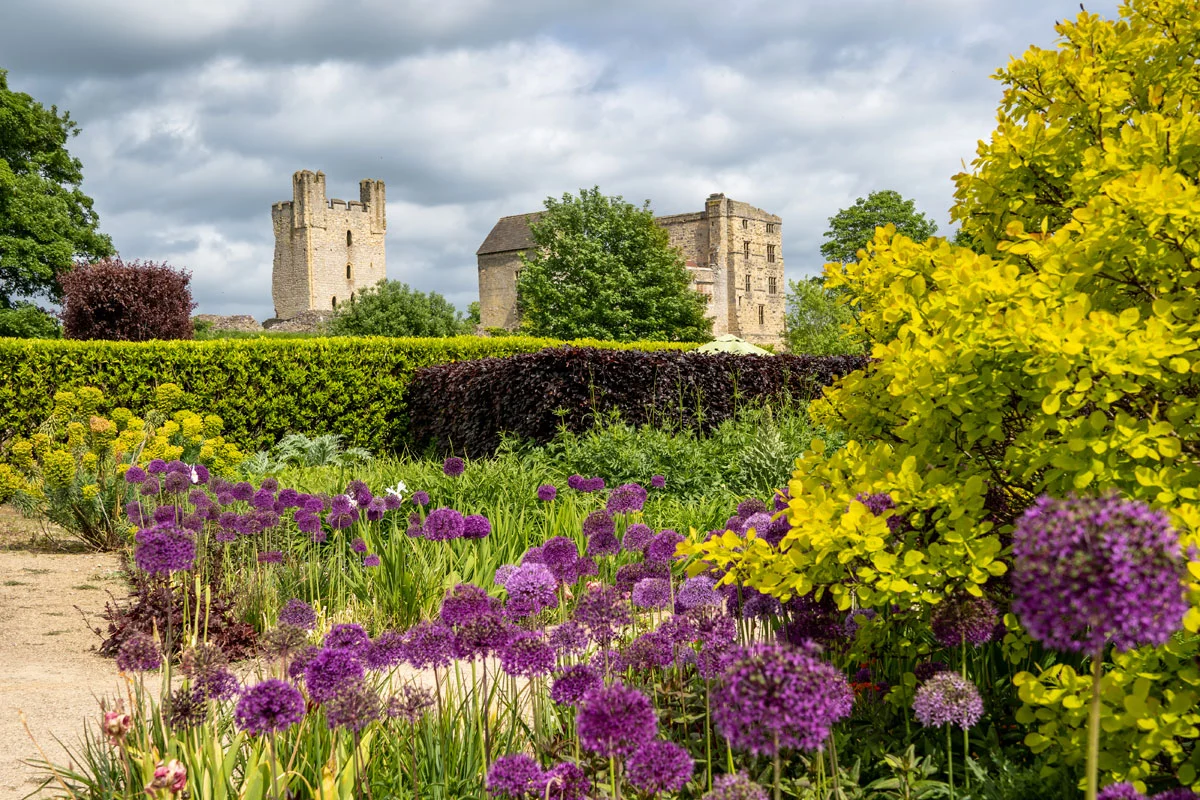1. Preparing Your Garden for the New Year: Essential Tasks for January
The start of a new year is an ideal time to prepare your garden for the months ahead. Begin by tidying up any debris or fallen leaves that have accumulated over winter. This will not only make your garden look more presentable but also prevent pests and diseases from taking hold.
Another crucial task is pruning deciduous trees and shrubs while they are dormant.
Remove any dead or damaged branches, as well as those that cross over each other or grow inward towards the center of the plant. Pruning encourages healthy growth and improves overall plant structure.
Additionally, it’s essential to check your garden tools and equipment before spring arrives. Clean and sharpen blades on secateurs, shears, and loppers so they are ready for use when needed.
2. Winter Pruning and Maintenance: How to Care for Your Plants During the Colder Months
Winter can be harsh on plants, but with proper care, they can survive until spring arrives. One important aspect of winter maintenance is protecting plants from frost damage. Cover vulnerable species such as tender perennials or newly planted evergreens with horticultural fleece or cloches during cold spells.
While most plants go dormant during winter, some still require attention.
For example, winter-flowering shrubs like witch hazel (Hamamelis) should be pruned after flowering to maintain their shape and promote better blooms next year. However, be cautious not to prune spring-flowering shrubs at this time, as you may remove the buds that will produce flowers later in the season.
3. Planning Ahead: Choosing and Ordering Seeds for the Upcoming Growing Season
January is an excellent time to plan your garden for the upcoming growing season. Start by assessing your garden’s needs and considering which plants you would like to grow. Take into account factors such as soil type, sunlight exposure, and available space.
Once you have a clear idea of what you want to grow, it’s time to choose and order seeds. Look for reputable seed suppliers that offer a wide range of varieties suited to your region’s climate.
Consider trying something new this year – perhaps a different vegetable or an unusual flower variety.
When ordering seeds, pay attention to their viability period. Some seeds have a longer shelf life than others, so make sure you prioritize those with shorter viability periods if you plan on sowing them this year.
4. Tackling Winter Weeds: Effective Strategies to Keep Your Garden Weed-Free
Winter weeds can quickly take over your garden if left unchecked. Common winter weeds include chickweed (Stellaria media), groundsel (Senecio vulgaris), and annual meadow grass (Poa annua). To prevent these unwanted intruders from smothering your plants come springtime, it’s essential to tackle them early on.
One effective strategy is hand weeding – simply pulling out weeds by hand before they have a chance to spread their seeds.
Another option is using mulch or weed control fabric around established plants to suppress weed growth.
If chemical control is necessary, opt for selective herbicides specifically designed for winter weeds while being mindful of their potential impact on beneficial insects or nearby water sources.
5. Protecting Delicate Plants from Frost Damage: Tips for Safeguarding Vulnerable Species
Frost can wreak havoc on delicate plants, causing damage to their leaves, stems, and roots. To protect your garden from frost damage, consider the following tips:
- Mulch around vulnerable plants with organic matter such as straw or bark chips. This will help insulate the soil and provide a protective layer against freezing temperatures.
- Water your plants before a predicted frost. Moist soil retains heat better than dry soil, helping to keep plant roots warmer.
- Cover vulnerable plants with horticultural fleece or cloches overnight when frost is expected. These covers act as insulation, trapping heat and protecting plants from freezing temperatures.
Creating a Wildlife-Friendly Garden in January: Attracting Birds and Beneficial Insects
Even in winter, gardens can be havens for wildlife. By providing food sources and shelter during this time of year, you can attract birds and beneficial insects to your garden.
Consider setting up bird feeders stocked with high-energy foods like suet balls or sunflower seeds. Ensure there is a fresh supply of water available by using birdbaths or shallow dishes.
To encourage beneficial insects such as ladybirds (ladybugs) and lacewings that feed on pests like aphids, create insect-friendly habitats in your garden. Leave patches of long grasses or build bug hotels using materials like bamboo canes or hollow plant stems.
January may seem like a quiet month in the garden, but there are plenty of tasks to keep UK gardeners busy. From preparing your garden for the new year to planning ahead for the upcoming growing season and protecting delicate plants from frost damage – these essential tasks will set you up for success throughout the rest of the year.
Additionally, by tackling winter weeds and creating a wildlife-friendly environment in January, you’ll not only maintain a beautiful garden but also support biodiversity within your own backyard. So grab your gardening gloves and get ready to kickstart another fruitful year in your UK garden!




No Comments